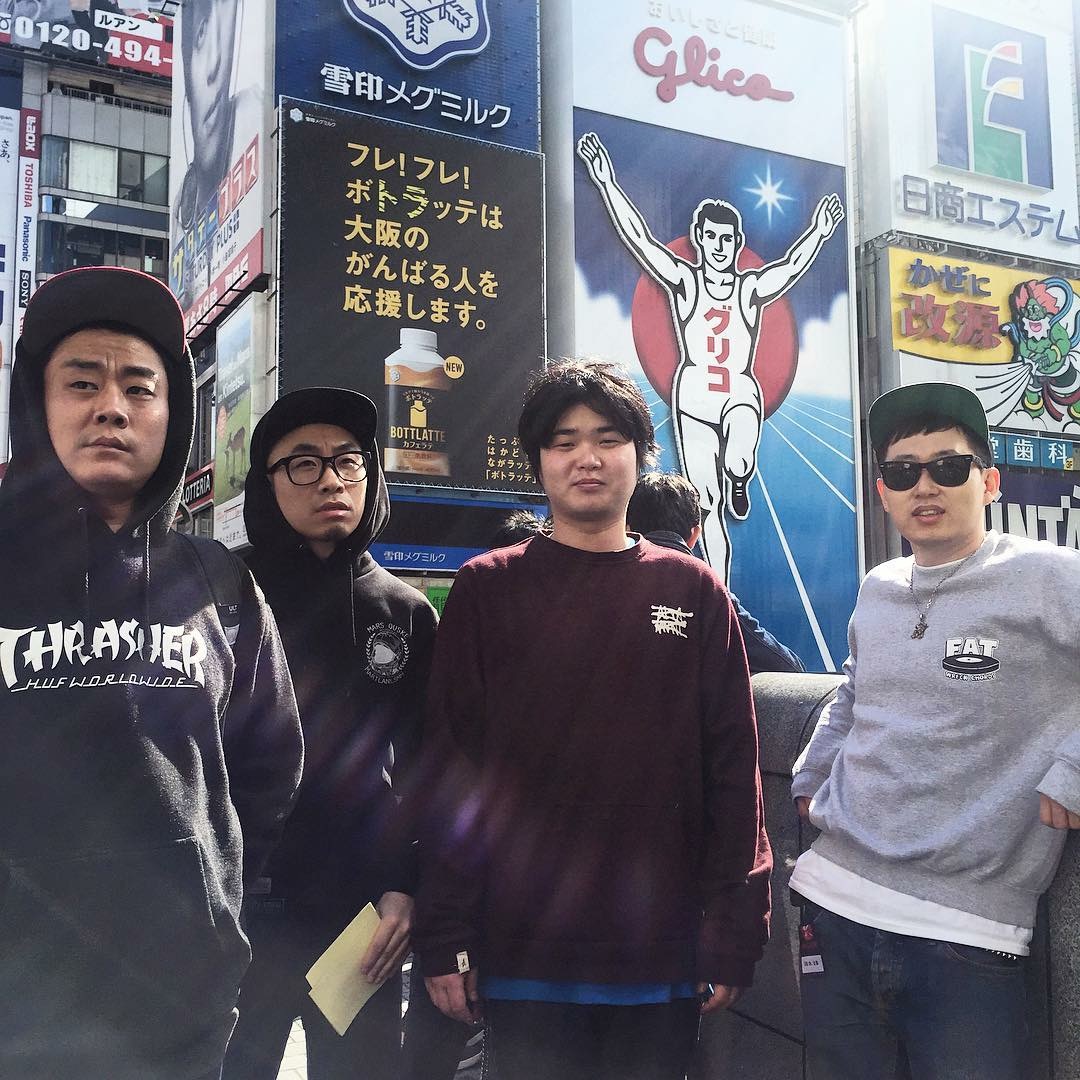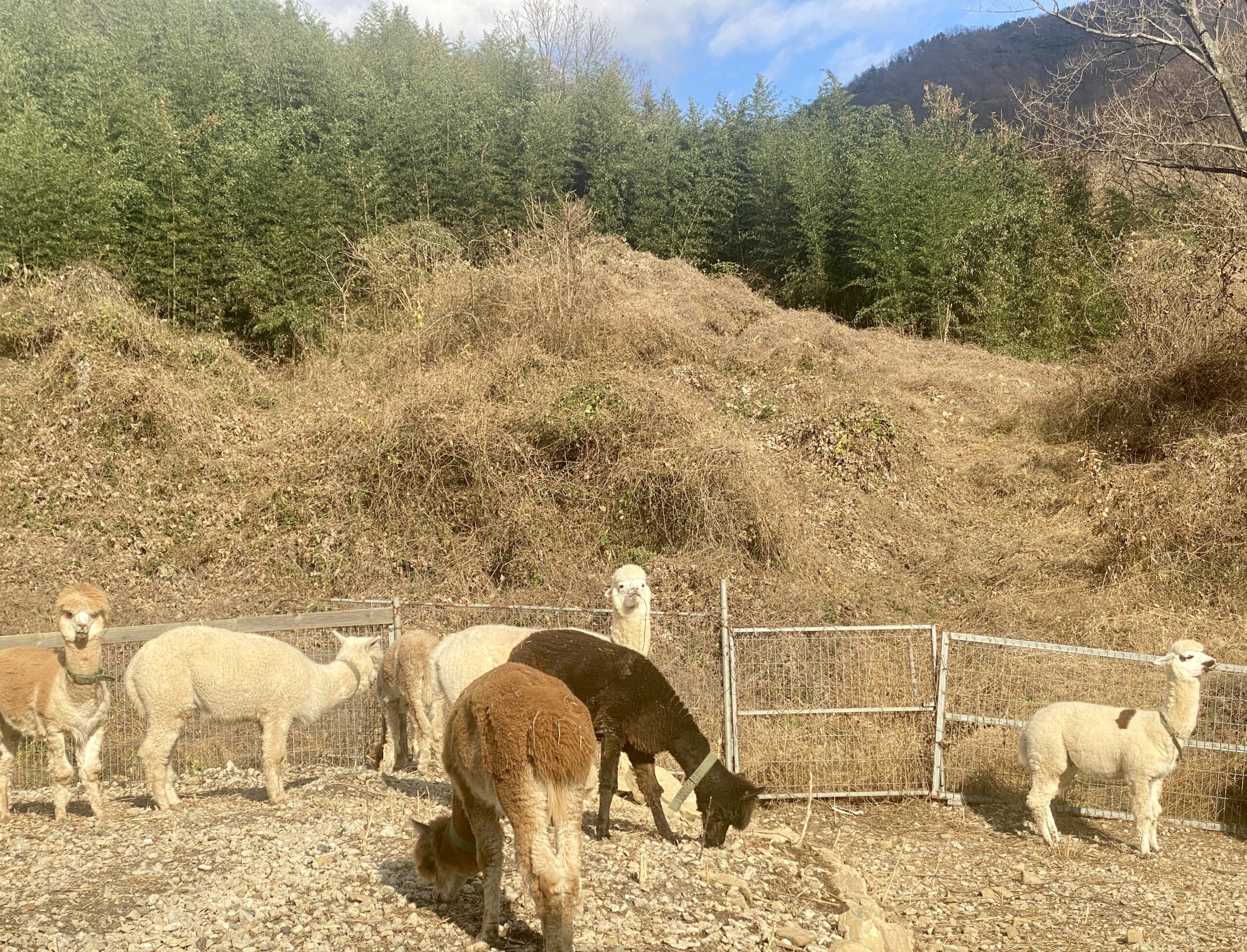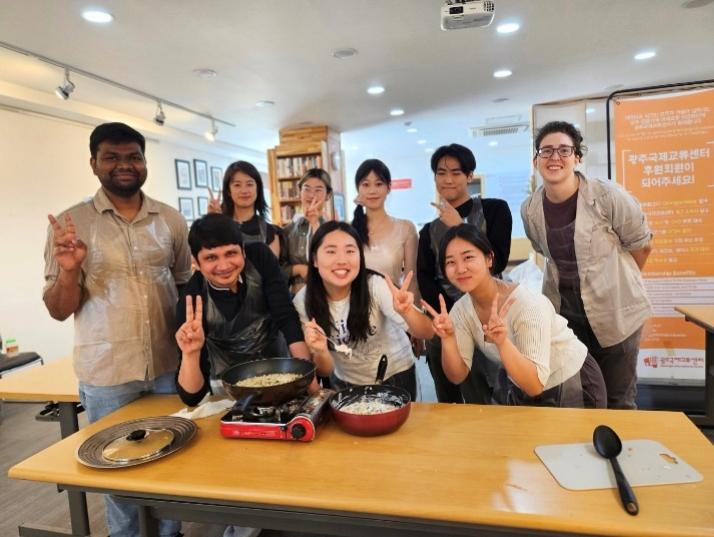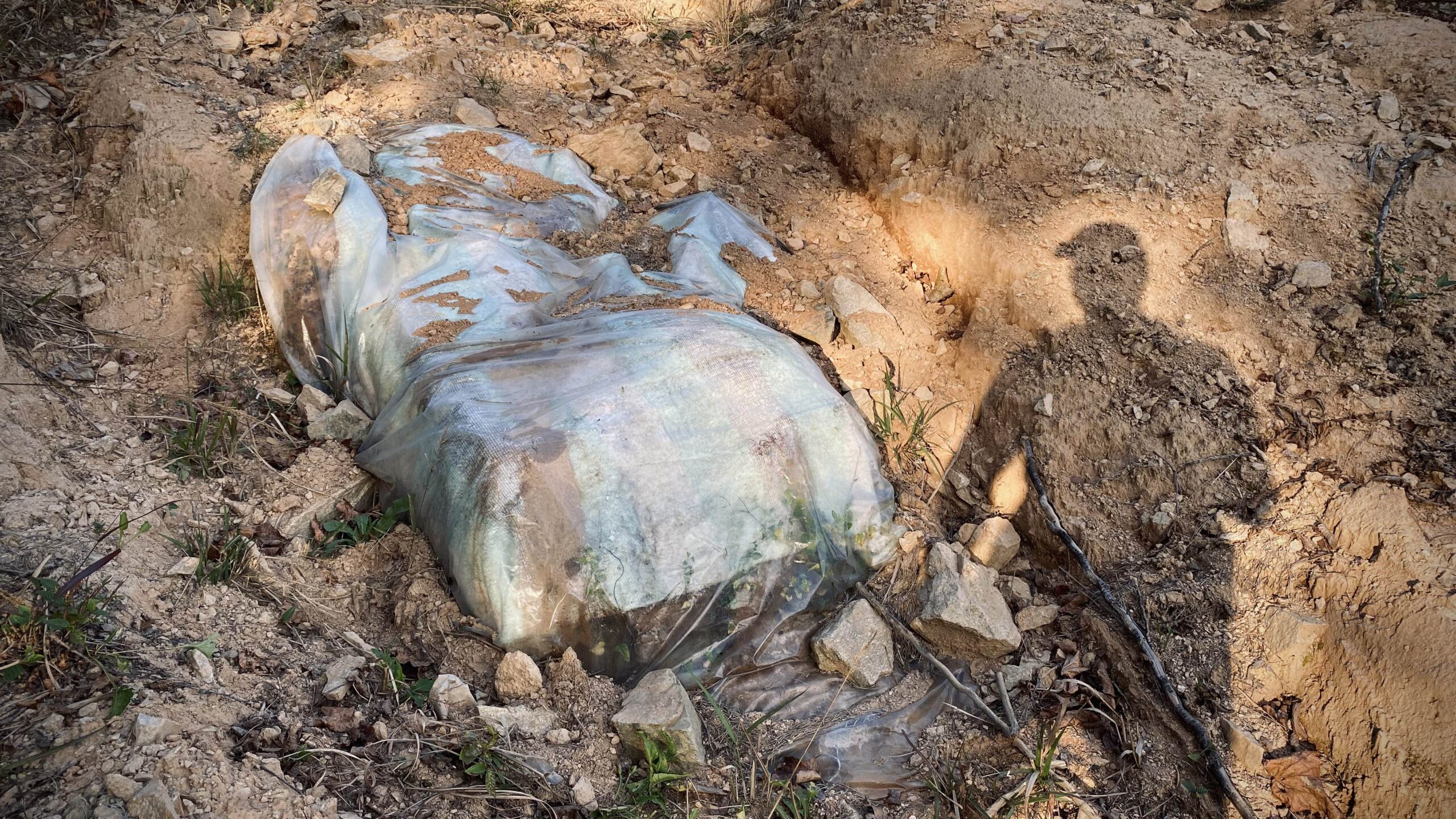Jinwon-myeon’s Quintet of Anomalies
By Isaiah Winters
Just outside Gwangju, in a sleepy little hillside township named Jinwon-myeon, lies a series of oddities fit for a novelty-seeking weirdo like me. Our grim quintet of anomalies includes a corpse exposed by a landslide, a cave where human-vermin intercourse spawned a monarch, a badly decomposed Chiropteran chandelier, a hillock fortress destroyed by foreign invasion, and a steep, saw-toothed hike leading to remarkable vantages. Each deserves its own attention, so let’s begin.
Jinwon-myeon, located on the Gwangju side of Jangseong-gun, first came to my attention last October when I was tramping through the area simply because it was there. Along the way, one of the hillsides drew my attention because it’d tumbled down over the trail due to a recent landslide. The landslide occurred exactly where a series of burial mounds stretched up the hillside, and while the area is slowly being stabilized through reforestation, still protruding from the earth is an exposed coffin wrapped with bright cloth and clear plastic to prevent it from further erosion. As of this article’s submission, the coffin can still be seen via satellite.1 Rest in pieces, poor corpse.
About a ten-minute walk from our unearthed coffin is Janggun-gul, a mythic cave with a graphic backstory. According to legend, a local woman married either an earthworm2 or a spider3 and from this cave produced a child by the name of Gyeon Hwon, who went on to establish and rule the kingdom of Later Baekje in 900 CE. Today, the cave is easily accessible but also home to a roost of bats. I realized this after throwing in a few rocks to scare off any animals inside before entering. They began chirping at me from the pitch blackness, which was my cue to move on unless I wanted them all to fly at my face like bats out of hell. I prefer to let sleeping bats hang, so I moved on.
In another part of the foothills nearby is an abandoned complex that may have served as a mountain retreat in better days. When I have the time, I meticulously scour each room of derelict buildings for anything worth photographing, and one room here didn’t disappoint. I pulled open the door and immediately thrust it shut after I saw a lone bat inside dangling from a ceiling wire like a macabre chandelier. Cracking the door to get a better look, I soon realized the bat was dead and decomposing. Its body had become brittle and perforated with time, like the old paper doors of a hanok. Holding my breath, I had a field day examining its tiny toes still wrapped tightly around the wire. Hang tight, my little friend.
The centerpiece of all these odd discoveries is the mountain fortress of Jinwon-seong, a former administrative center for the government built in roughly 600 CE during the (first) Baekje period. The fortress would remain in service for 1,000 years until it was destroyed in one of the late-16th century Japanese invasions of Korea. Despite the site’s historical significance, it wasn’t until 2015 that its walls were properly excavated.4 I recently visited in the hopes of finding part of the wall to photograph and walk along, but all the overgrowth since 2015 made that a challenge. Honestly, it’s not worth visiting unless you’re really into history. I didn’t even bother taking photos while there.
To even out the death, decay, and disappointment featured hitherto, I’ll leave you with a steep, lonely slog of a hike with a huge payoff: Bultae-san. All the little foothills of Jinwon-myeon lead up to this jagged ridge of peaks and troughs. Standing at a sheer 720 meters with nothing to block your view toward Gwangju, it offers the best vantage of Jangseong-gun’s vast southern stretch as it transitions from rice fields to high-rises. I always find something new at this underrated mountain, and recently I’ve learned that it even has waterfalls – potentially with swimmable pools beneath. It looks like more research is required, so don’t be surprised if you see a future article on this underexplored area.
Sources
1 Using satellite view with either Kakao Map or Naver Map, type in the following address and check the top-right corner of the shaded area to see the exposed coffin: 전남 장성군 진원면 선적리 산 22-4.
2 Gyeonhwon (n.d.). 견훤 (Gyeon Hwon). Encyclopedia of Korean Culture. https://encykorea.aks.ac.kr/Article/E0002178
3 Jeong, Y. (2020, November 17). “견훤 태어난 장군굴, 기정진이 세운 고산서원…” 장성군 고산마을 이야기 흥미진진 (“Janggungul, where Gyeonhwon was born; Gosan Seowon, built by Ki Jeongjin…” The story of Gosan Village in Jangseong-gun is fascinating. Gwangju Jeonnam Daily. https://www.kjilbo.co.kr/news/articleView.html?idxno=91645
4 Bae, D. (2016, December 28). 첫 공개된 ‘천년고성’ 장성 진원성 (Jangseong Jinwon-seong, the “thousand-year-old castle,” unveiled for the first time). Newsis. https://mobile.newsis.com/view.html?ar_id=NISX20151013_0010346620#_PA
The Author
Born and raised in Chino, California, Isaiah Winters is a pixel-stained wretch who loves writing about Gwangju and Honam, warts and all. He’s grateful to have written for the Gwangju News for over six years. More of his unique finds can be seen on Instagram @d.p.r.kwangju and YouTube at Lost in Honam.





